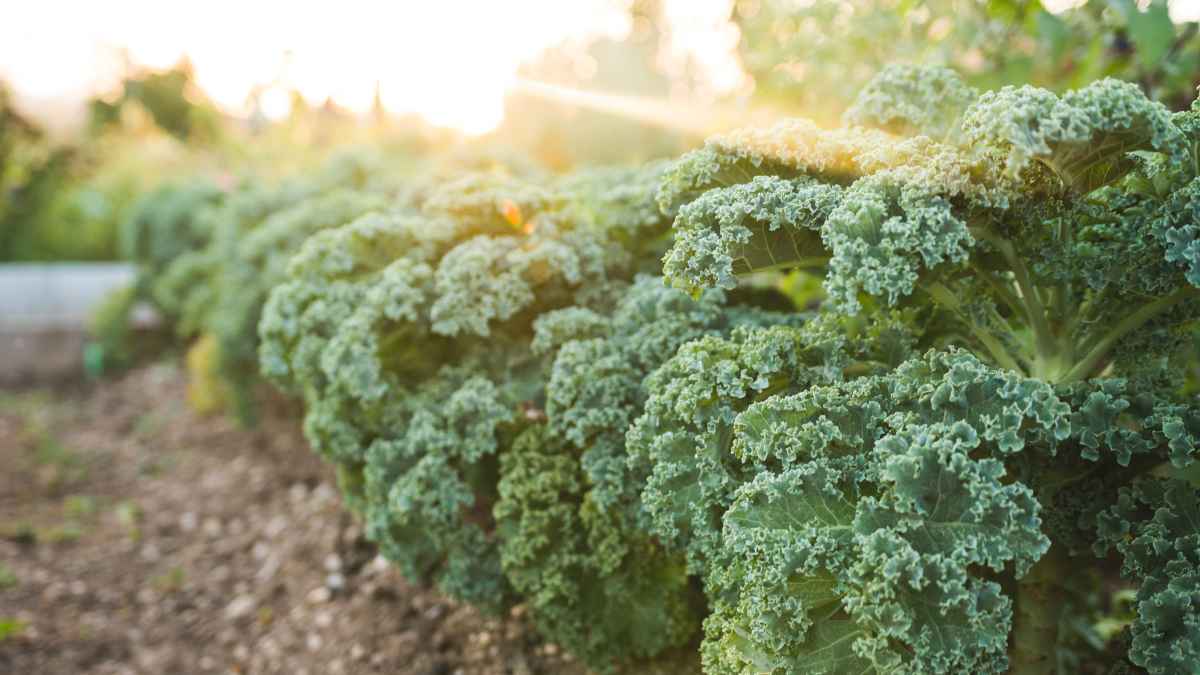
Kale has become a staple in many kitchens and gardens due to its vibrant leaves and powerhouse nutrients. Whether you’re a seasoned gardener or just starting out, cultivating kale in your garden is a rewarding experience that offers beauty and nutrition. In this guide, we’ll walk you through everything you need to know about growing kale successfully.
Before planting, consider the kale variety that suits your taste preferences and growing conditions. At Back Home on the Farm, varieties include Rainbow Candy Crush, Prizm, Kalebration, and Winterbor. Each variety provides a unique flavor profile and visual appeal, so choose one that best suits your culinary and aesthetic preferences.
Kale thrives in cool weather, making it an excellent choice for spring and fall gardens. It prefers full sun but can tolerate partial shade, especially in hotter climates. Ensure that your soil is well-drained and rich in organic matter. Aim for a soil pH between 6.0 and 7.5 for optimal growth.
Plant kale seeds directly into the garden bed or start with seedlings for a head start. Sow seeds 1/4 to 1/2 inch deep, spacing them 12 to 18 inches apart. If transplanting seedlings, space them similarly. Water the seeds or seedlings thoroughly after planting to help establish their roots.
Kale is relatively low-maintenance but benefits from regular watering, especially during dry spells. Keep the soil moist, but avoid overwatering, as kale roots can rot in waterlogged soil. Mulching around the plants can help retain moisture and suppress weeds.
Fertilize kale plants with a balanced fertilizer once a month to promote healthy growth. Monitor plants for pests such as aphids, cabbage worms, and flea beetles. Handpick any pests or use organic insecticidal soap to keep them at bay.
One of the best things about growing kale is its continual harvest. Begin harvesting outer leaves when they reach your desired size, typically around 8 to 10 inches long. Use a sharp knife or scissors to cut the leaves above the central stem. Regular harvesting encourages new growth and prolongs the harvest period.
Once you’ve harvested your kale, it’s time to enjoy its nutritional benefits in various culinary delights. Add fresh kale leaves to salads, sauté them with garlic and olive oil, or blend them into smoothies for a nutritious boost. You can also preserve kale by blanching and freezing it for later use.
Visit our blog for more tasty recipes and gardening tidbits!




